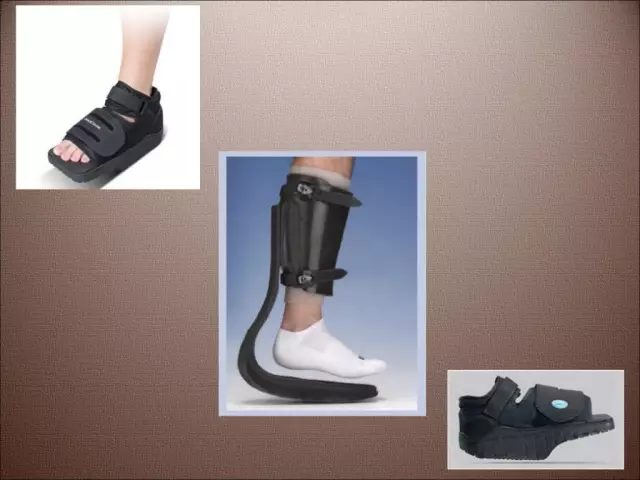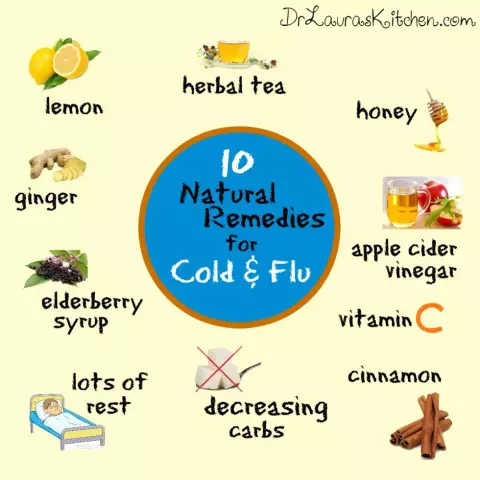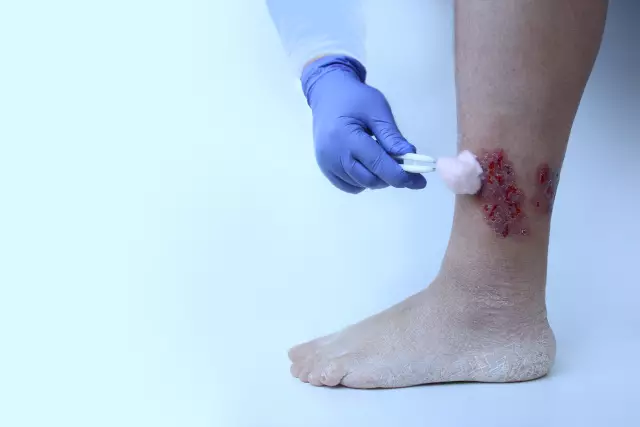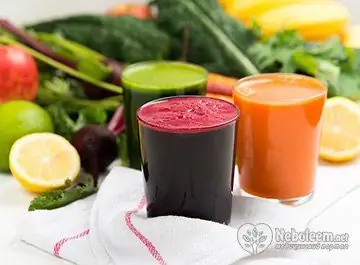- Author Rachel Wainwright [email protected].
- Public 2023-12-15 07:39.
- Last modified 2025-11-02 20:14.
7 popular recipes to help heal trophic ulcers
Trophic ulcer is not an independent disease. This is a serious complication resulting from thermal injury (burns or frostbite), chronic pathologies of the arteries or veins of the lower extremities, diabetes mellitus, as well as some lesions of the connective tissue, lymphatic vessels, skin or nerve trunks. Pathology manifests itself in the form of a non-healing wound on the inner surface of the lower leg, sole of the foot, heel or toes. Patients suffering from trophic ulcers experience constant pain, burning and fever in places of skin damage, heaviness in the legs, and often night cramps. In the case of the addition of a secondary purulent process, general weakness and other signs of intoxication of the body are observed.
Complete and final disposal of trophic ulcers is impossible without treatment of the underlying disease that caused their occurrence. However, it is also impossible to ignore the process of affecting the soft tissues of the legs. It can and should be facilitated and, if possible, stopped. A number of folk remedies are known to successfully cope with this task.
Honey with egg white
A mixture of equal shares of liquid honey and protein is whipped, applied to the wound and covered with a fresh burdock leaf. Outside, the compress is wrapped in plastic wrap and left overnight. The procedure is repeated 8-10 times. As a result, the ulcer stops wetting, crusts and heals.

Source: depositphotos.com
Oil and vegetable ointment
Fry finely chopped large onion and grated carrots in half a glass of sunflower oil (unrefined) until golden brown. Then the oil is filtered and used to lubricate an open wound 3-4 times a day.

Source: depositphotos.com
Raw meat compress
A slice of fresh beef is applied to the wound and fixed with a film for a day. Then the compress is removed, the ulcer is washed with a solution of laundry soap and sprinkled with streptocide powder. The ulcer heals after 6-10 procedures.

Source: depositphotos.com
Cabbage leaves
A raw cabbage leaf is smeared with sea buckthorn oil and fixed on the wound. Within a day, the compress dries up, then it is changed to fresh. The procedures should be continued until the ulcer disappears.

Source: depositphotos.com
Curd and whey
About 150 g of curdled milk is poured into a gauze bag and hung over the container. After the formation of curd, the wound is washed with drained serum and a bag is attached to it, covering it with parchment or film. At the end of the day, the cottage cheese is changed to freshly prepared.

Source: depositphotos.com
Eucalyptus and calendula
The following method is considered very effective. The affected area of the limb is immersed in a pink solution of potassium permanganate for 30 minutes. Then alcohol tincture of calendula (100 ml per 1 liter of water) is added to the same bath and the procedure is continued for another half hour. Prepare another container with a solution of eucalyptus oil (3 tablespoons per 1 liter of water) and keep the wound in it for an hour, and then apply a clean dry bandage. Treatment is carried out 2 times a week. A positive result is noticeable after 4-5 treatments.

Source: depositphotos.com
Hydrogen peroxide
The wound is treated with a tampon soaked in hydrogen peroxide and sprinkled with streptocide powder. Then the napkin is impregnated with a solution prepared from 2 tsp. peroxide and 50 ml of water, and applied to the ulcer, fixing with a film. The compress is changed at least 4-5 times a day, constantly sprinkling the wet surface with streptocide. The method requires some effort, but the ulcer can be healed in 1-2 weeks.

Source: depositphotos.com
Traditional methods of healing trophic ulcers are effective and safe. They are combined with traditional therapy and have practically no contraindications. From this, however, it does not follow that such a severe pathology can be defeated by self-medication: before using any of the described methods, you must consult a doctor.
YouTube video related to the article:

Maria Kulkes Medical journalist About the author
Education: First Moscow State Medical University named after I. M. Sechenov, specialty "General Medicine".
Found a mistake in the text? Select it and press Ctrl + Enter.






